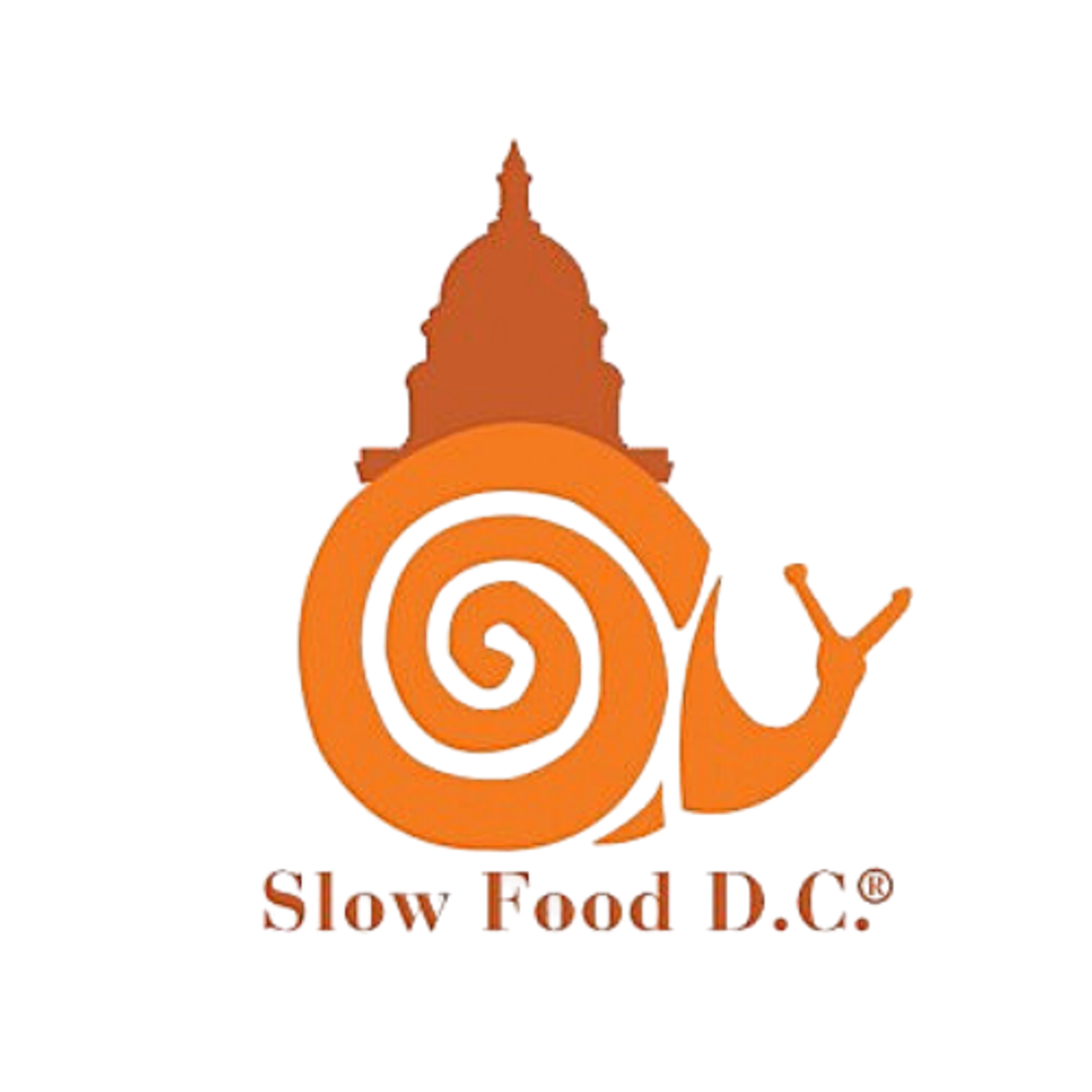Book Review: Grow Great Grub
Though published back in 2010, Gayla Trail’s Grow Great Grub: Organic Food from Small Spaces continues to be my most reached-for gardening resource. I honestly think I’ve bought at least a half dozen copies as gifts for friends starting to dabble in gardening, as I find the guidance in the book clear, inspiring, and fun. As SFDC moves into Month #2 of the Share a Seed campaign, and more people than ever are getting into gardening, it seemed like the right time to share this fantastic gardening resource with others in our community who might not know about it yet….
New gardeners will find great tips for getting started growing plants in pots and small green spaces. (Much of what is written about can be applied to community garden plots and backyard beds as well.) The author includes key information on a TON of different plants you can grow in small spaces, with guidance on choosing varieties, when and how to get seeds started, tips for companion planting, and harvesting instructions. There’s great information on avoiding and also troubleshooting common issues, and some recipes thrown into the mix so you have some idea about what delicious things to use your homegrown goodies in once you harvest them. There’s even a segment on food preservation (drying, freezing, canning). Hey, we’re slow foodies, and we certainly don’t want to waste the bounty!
Experienced gardeners may be inspired by some of the more advanced tips and tricks to maximize growing space, reduce pests, and save money by using recycled materials. One of the most useful sections for me, as a school gardener (and 24/7 plant care hotline for all of my friends and family, apparently), is the section called “Good Contenders for Poor Conditions” — in other words, plants that grow in challenging places:
Depleted Soil? Consider blackberries, dill, radishes, nasturtium and many others!
Soggy Soil? Mint and watercress are your friends, along with a handful of other suggestions.
Lots of Shade? Currants, kale, runner beans, and more can tolerate a minimal 4-6 hours of direct sunlight.
Hotter than Hades? (aka Gardening in DC in August?) Garlic chives, lavender, okra, and thyme are among the plants that don’t mind the heat.
The book includes instructions for DIY fertilizers, and ways to safely use them on your plants. There is a primer, just a few pages long, that will help you anticipate and identify common plant pests and diseases, and how to combat them without scary chemicals… like deterring slugs using beer, tinfoil collars, or a mulch of crushed eggshells. Love it!! Don’t waste the good beer on slugs, though.
Need your own copy? I can’t imagine why anyone would ever give up their copy of this book, but it seems you can find used copies at thrift books and better world books, or you might invest in a new copy through a number of book sellers, including Mother Earth Gardener.

